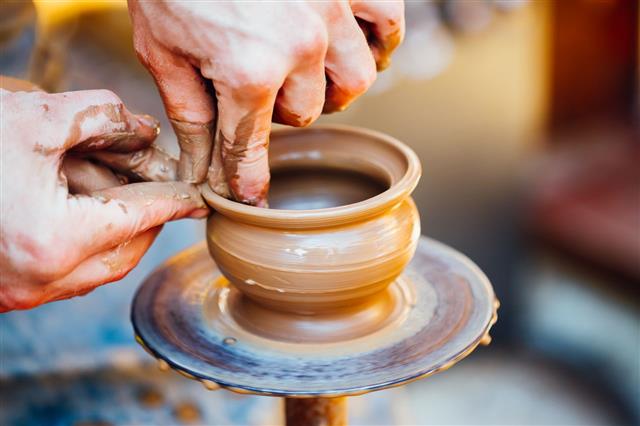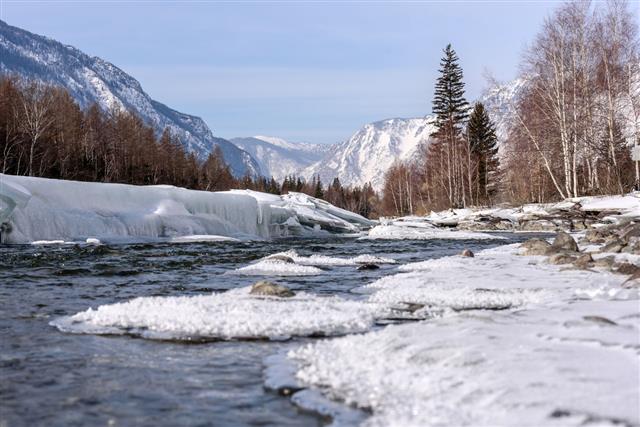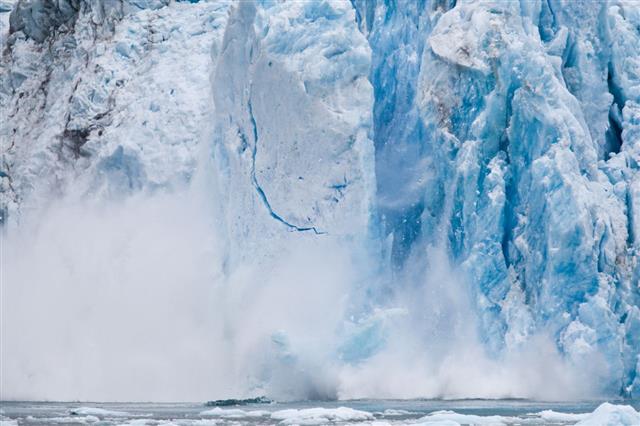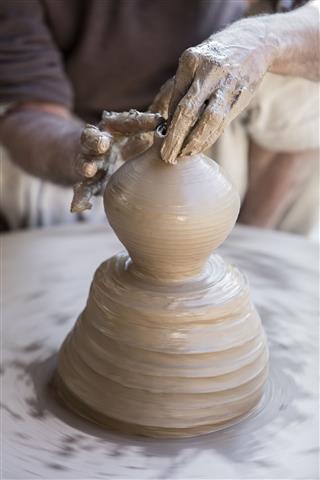
Change or dynamism is built into the very fabric of nature. Everything is changing in some way, every moment. If you look around carefully, you will find hundreds of physical change examples that subtly modify the way things are.
Ironically, change is the only constant in this universe. To understand change, it’s customary to classify it into types, depending on the nature of the end result brought about by it. Its scientific classification into chemical or physical change serves that purpose.
What is a Physical Change?
Any kind of change that occurs in matter without altering its chemical composition, is physical.
It’s characterized by changes in physical attributes associated with any object, like its matter state (solid, liquid or gaseous), density, temperature, volume, which occur without a modification in its fundamental chemical structure.
There is no creation of new chemical products or change in overall mass. Also, this type of change is typically temporary and in some cases, completely reversible.
Examples of Physical Change
Everything is made up of atoms. When atoms bond they form different molecules. The varying properties that objects inherit, are a consequence of different molecular or atomic structures. Core properties of an object are dependent on their molecular arrangement. Physical changes occur without changing molecular or atomic structure of objects. They merely change the state of an object without changing its inherent nature. Melting, condensation, change in volume and evaporation are some examples illustrated below.
Melting Gold for Molding
Glass Shattering
Melting Ice Cubes
Blowing a Balloon
More Physical Change Examples
- A metal expanding when heated
- Cutting paper or cloth with a scissor
- Transmission of sound through air
- A sculpture being carved from a piece of wood
- Water freezing during winter into ice
- Copper being drawn into wires
- Shaping clay into different objects
- Ice cream melting to a liquid
- Heating up a metal and beating it into a different shape
- Sublimation of Iodine when subjected to heat
- The falling of any object under gravity
- Grinding a fruit to pulp in a mixer
- Ink being absorbed by blotting paper or chalk
- Magnetization of iron nails
- Snowman melting in the Sun
- Glowing of incandescent bulb filament
- Magnetic levitation of an object
How to Distinguish Between Physical and Chemical Changes?
Often it’s difficult to tell the difference between the two, especially when both may be happening at the same time. To identify physical change, ask the following questions. Is matter state of the object changing (liquid to gaseous, solid to liquid etc.)? Is the change purely restricted to a physical parameter or characteristic like density, shape, temperature or volume? Is the chemical nature of the object changing? Are chemical reactions occurring, leading to the creation of new products?
If the answer to either of the first two questions is yes and answers to consequent questions are no, it’s most likely a physical change. Conversely, if the answer to either of the last two questions is positive, while first two draw a negative, it is certainly a chemical change. The trick is to simply observe clearly and analyze what you see.









